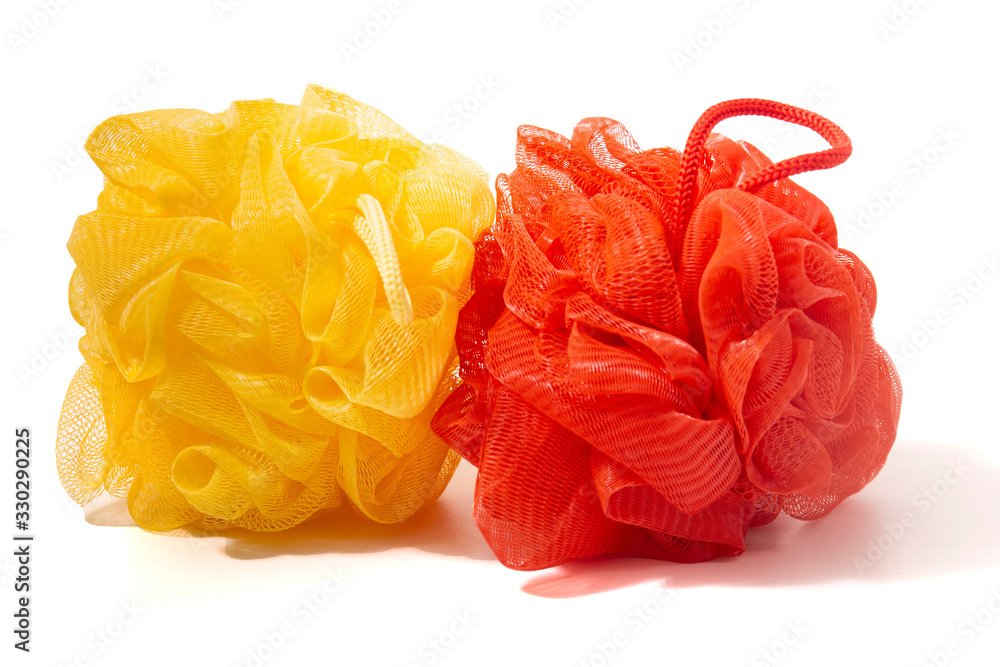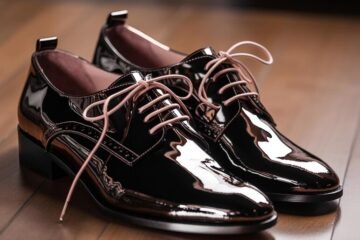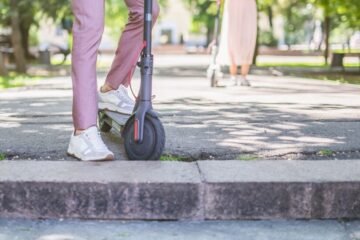When it comes to achieving smooth, radiant skin, the loofah stands out as one of nature’s best exfoliating tools. But what exactly is a loofah, and how can it benefit your skincare routine? In this article, we’ll dive into everything you need to know about loofahs, from their natural origins to how they can transform your skin.
The Natural Origins of Loofah
Contrary to popular belief, the loofah (or luffa) isn’t a sea sponge. It’s actually a plant! Specifically, loofahs are the dried fruit of the Luffa aegyptiaca, a tropical vine closely related to the cucumber. Once harvested, the fibrous interior of the loofah plant is dried out, creating the familiar sponge-like texture we use to exfoliate our skin.
Loofahs are grown in warm climates around the world, particularly in Asia and Africa. After they are harvested and dried, they are cleaned and sometimes bleached to achieve their signature pale color. From there, they can be cut into various shapes and sizes, ready to be used as natural exfoliators.
Different Types of Loofahs
When shopping for a loofah, you’ll encounter two main types: natural and synthetic. Natural loofahs come from the loofah plant and are completely biodegradable, making them an eco-friendly choice. Synthetic loofahs, on the other hand, are made from plastic materials and often come in bright colors. While both types can be effective for exfoliation, natural loofahs are preferred by those seeking a more sustainable option.
Loofahs also come in various shapes and sizes, from long cylindrical sponges to smaller rounds that fit perfectly in your hand. The right choice depends on your personal preference and the areas of your body you plan to exfoliate.
Benefits of Using a Loofah
The main benefit of using a loofah is exfoliation. By gently scrubbing your skin with a loofah, you can remove dead skin cells that can accumulate and cause dullness. This not only helps reveal fresher, brighter skin but also improves your skin’s overall texture.
Regular loofah use can also help improve circulation. The scrubbing action stimulates blood flow, which can contribute to healthier, more vibrant skin. Additionally, exfoliating with a loofah can help prevent ingrown hairs, making it an excellent tool for pre-shave or post-wax skincare routines.
How to Use a Loofah
Before using your loofah for the first time, it’s important to soften it by soaking it in warm water for a few minutes. This will make it more pliable and comfortable to use on your skin.
To exfoliate, apply your favorite body wash or soap to the wet loofah, then gently scrub your skin in circular motions. Start from your feet and work your way up to promote blood circulation. Be sure to focus on rough areas like elbows, knees, and heels. However, avoid using too much pressure, especially on sensitive skin, to prevent irritation.
For most people, using a loofah 2-3 times a week is sufficient. Over-exfoliating can lead to skin irritation, so it’s important to listen to your skin and adjust your routine as needed.
Loofah vs. Other Exfoliating Tools
When it comes to exfoliating tools, the loofah is just one of many options. Body brushes, exfoliating gloves, and scrubs are also popular choices. However, loofahs offer a unique combination of natural exfoliation and convenience. They’re easy to use, effective, and eco-friendly—especially if you choose a natural loofah.
Compared to body brushes, which can be harsh on sensitive skin, loofahs offer a gentler alternative. Exfoliating gloves are another good option, but they require more maintenance and can be harder to clean. Scrubs are effective for exfoliation but don’t provide the same massaging benefits as a loofah.
Loofah Care and Maintenance
To keep your loofah in top condition, it’s essential to clean it regularly. After each use, rinse it thoroughly to remove any soap or dead skin cells, then squeeze out excess water and hang it to dry in a well-ventilated area. This prevents the growth of mold and bacteria, which can thrive in damp environments.
Every few weeks, it’s a good idea to disinfect your loofah by soaking it in a mixture of water and vinegar or by microwaving it for 20 seconds in a bowl of water. However, even with proper care, loofahs should be replaced every 3-4 weeks to ensure they remain hygienic.
DIY Loofah Crafts
Loofahs aren’t just for skincare! You can get creative and use loofahs in various DIY projects. For example, you can make soap-infused loofahs by embedding small pieces of loofah into homemade soap bars. These make for great gifts or a fun addition to your bathroom routine.
You can also use loofah sponges for cleaning around the house. Their abrasive texture is perfect for scrubbing dishes, countertops, and even floors. Just be sure to designate a separate loofah for household chores to avoid cross-contamination.
Environmental Impact of Loofahs
One of the significant advantages of natural loofahs is their environmental friendliness. Unlike synthetic sponges, which are made from non-biodegradable plastics, natural loofahs are fully biodegradable. This means that when your loofah reaches the end of its life, you can compost it instead of sending it to a landfill.
By choosing a natural loofah, you’re not only taking care of your skin but also making a sustainable choice that benefits the planet.
Loofah Myths and Facts
There are several myths surrounding loofahs, particularly regarding their hygiene. A common misconception is that loofahs are breeding grounds for bacteria. While it’s true that loofahs can harbor bacteria if not cared for properly, regular cleaning and replacing your loofah as needed will keep it safe and hygienic.
Another myth is that loofahs are too harsh for sensitive skin. In reality, using a soft, natural loofah and being gentle during exfoliation can make loofahs suitable for almost any skin type.
Choosing the Right Loofah for Your Skin Type
When selecting a loofah, it’s important to consider your skin type. For sensitive skin, choose a softer, natural loofah that won’t cause irritation. If you have dry skin, using a loofah can help remove flaky patches, but be sure to follow up with a good moisturizer. For oily skin, regular exfoliation with a loofah can help prevent clogged pores and breakouts.
Loofahs for the Whole Family
Loofahs can be a great addition to the skincare routines of both children and the elderly, but it’s important to use them safely. For children, choose a smaller, softer loofah and supervise its use to avoid over-exfoliation. For the elderly, a gentle loofah can help maintain skin health without being too abrasive.
Loofah and Skincare Products
To get the most out of your loofah, pair it with skincare products that suit your skin’s needs. For a refreshing cleanse, use a loofah with a hydrating body wash or an exfoliating scrub. If you have sensitive skin, opt for a fragrance-free or hypoallergenic cleanser.
Using the right products with your loofah can enhance your skincare routine, leaving your skin feeling smoother and more refreshed.
Loofah Alternatives
If you don’t have a loofah on hand, there are several alternatives you can use for exfoliation. Washcloths, body brushes, and exfoliating gloves can all provide similar benefits. However, loofahs offer a unique texture and natural composition that many people prefer.
Each alternative has its pros and cons, so it’s worth experimenting to find the one that works best for your skin and lifestyle.
Conclusion
Loofahs are an incredible tool for anyone looking to enhance their skincare routine. With their natural exfoliating properties, they can help you achieve smoother, healthier skin while also providing environmental benefits. Whether you’re new to loofahs or looking to improve your current routine, there’s no denying the impact this simple, natural sponge can have on your skin.
FAQs
How long does a loofah last?
A loofah typically lasts about 3-4 weeks with proper care.
Can loofahs harbor bacteria?
Yes, but regular cleaning and drying can minimize bacterial growth.
Is it safe to use a loofah every day?
It’s best to use a loofah 2-3 times a week to avoid over-exfoliation.
How do I know when to replace my loofah?
Replace your loofah when it starts to smell, changes color, or loses its texture.
Can I use a loofah on my face?
It’s better to use a gentler exfoliating tool for the face, as loofahs can be too harsh.
You can see lates updates on: thefsiblog



